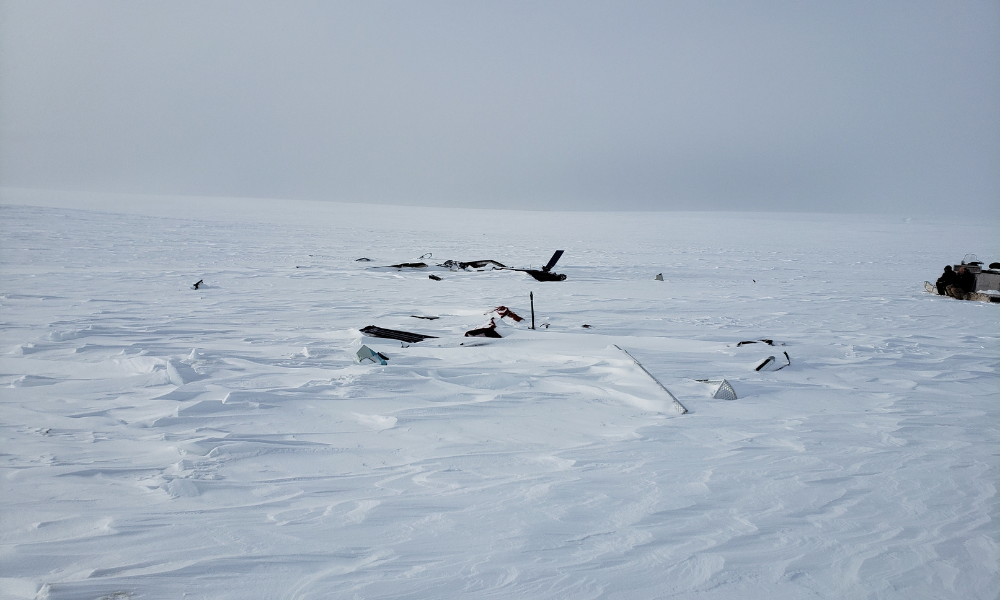TSB issues four recommendation to improve commercial helicopter operations

In a decisive move aimed at enhancing safety measures in commercial helicopter operations, the Transportation Safety Board of Canada (TSB) has issued a series of recommendations following its investigation into the fatal 2021 crash of an Airbus AS350 helicopter on Griffith Island, Nunavut. The incident, which claimed the lives of all three individuals on board, was attributed to insufficient regulatory requirements and defenses against loss of visual reference accidents.
The TSB's report (A21C0038), released today, highlights critical gaps in safety protocols, particularly in addressing inadvertent flight into instrument meteorological conditions (IMC) – situations where pilots lose visual reference to the horizon due to adverse weather conditions.
"At the heart of this tragedy lies a systemic issue that has persisted for over three decades," remarked Kathy Fox, chair of the TSB, during a press conference. "The lack of adequate training and technology to combat inadvertent IMC continues to endanger the lives of pilots and passengers alike."
The TSB's recommendations target both regulatory authorities and commercial helicopter operators, urging Transport Canada to enforce stricter mandates on pilot training and technology integration. The four recommendations are:
- Training Requirements: Transport Canada is urged to mandate commercial helicopter operators to ensure pilots possess the necessary skills to recover from inadvertent flight into IMC.
- Technology Integration: The TSB advocates for the implementation of technology to assist pilots in avoiding and recovering from inadvertent IMC situations. Radar altimeters, synthetic vision, and terrain awareness and warning systems are highlighted as potential aids.
- Standard Operating Procedures: Private and commercial operators conducting single-pilot operations should be required by Transport Canada to develop standard operating procedures based on industry best practices to support pilot decision-making in challenging conditions.
- Enhanced Requirements for Reduced-Visibility Operations: Helicopter operators conducting flights in reduced-visibility conditions should be required by Transport Canada to have the same level of protection against loss of visual reference accident as their airplane counterparts.
While the recommendations are poised to overhaul safety measures in the industry, concerns regarding cost implications have been raised. During the press conference, Fox acknowledged the potential financial barriers but emphasized the long-term benefits of implementing these measures.
"If there's not a regulatory requirement to implement this training or technology, some operators may hesitate due to cost concerns," Fox stated. "However, technological advances in recent years have driven down costs, making these safety enhancements more accessible."
The TSB's recommendations come on the heels of similar actions taken by regulatory bodies in other jurisdictions. Notably, the Federal Aviation Administration in the United States has already implemented changes following recommendations from the US National Transportation Safety Board.
As the aviation industry grapples with evolving safety challenges, the onus now rests on regulatory authorities and operators to prioritize safety measures to prevent future tragedies. With Transport Canada's response expected within 90 days, stakeholders await eagerly to see the trajectory of safety standards in Canadian commercial helicopter operations.





